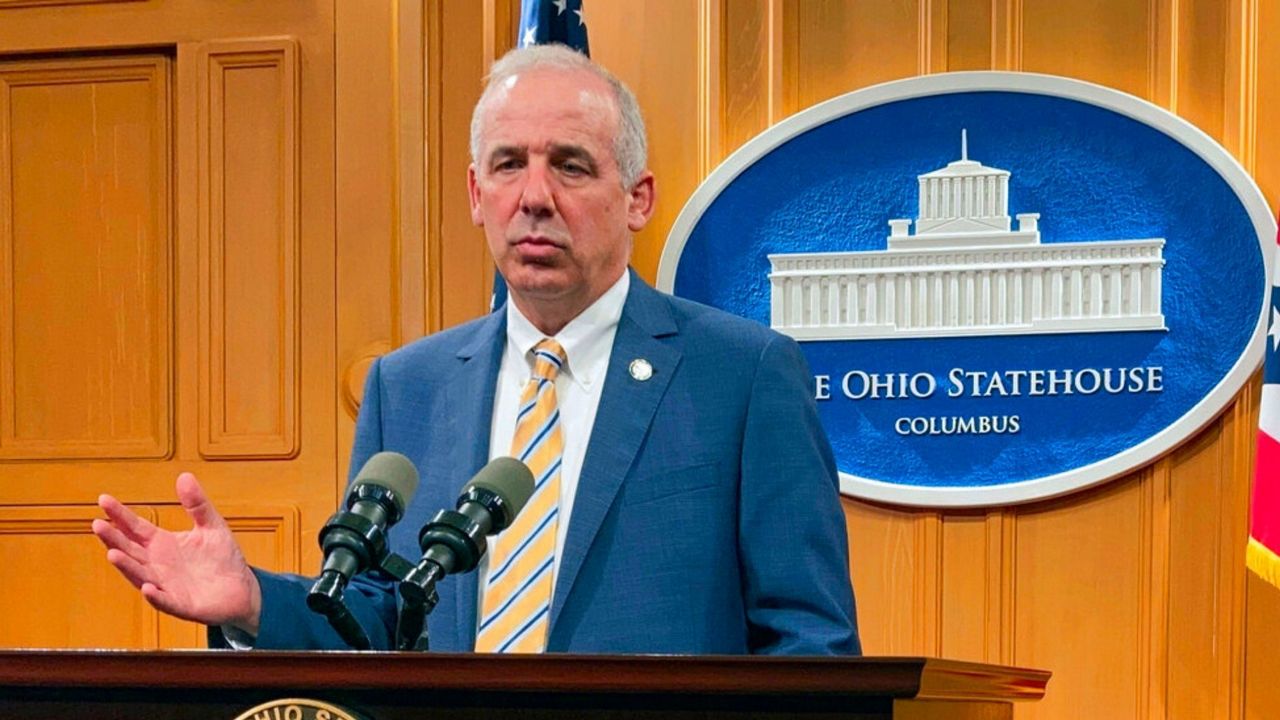COLUMBUS, Ohio — After a joint committee of Ohio House and Senate members held two required meetings to consider Ohio’s proposed U.S. House districts, there were questions on what would happen next.
On Monday, Ohio Senate Republicans announced that the Local Government and Elections Committee will hold a hearing on Tuesday to consider Senate Republicans’ version of the map. According to analysis by Dave’s Redistricting, the map would give Ohio Republicans an advantage in 13 seats while Democrats would hold an advantage in two seats.
The process, known as gerrymandering, packs Democratic-leaning voters into two districts, centered in Cleveland and Columbus, in an effort to maximize the number of Republican districts.
Ohio will have its number of U.S. House seats reduced from 16 to 15 due to changes in population.
The last time lawmakers drew new maps was in 2011. In all five elections since, Ohio Republicans won 12 of the 16 seats. According to official results from the Ohio Secretary of State, Republican U.S. House candidates averaged 55% of the vote share in the five elections from 2012-20.
As lawmakers hold a hearing Tuesday, advocates for fair districts are scheduled to hold a news conference at the Statehouse and meet with lawmakers.
"Based on Ohio's average vote share for the past ten years, a fair congressional map will consist of seven Democratic seats and eight Republican seats. Initial analyses say this Republican-drawn map might allow Democrats only two seats,” said the advocacy group Equal Districts in a statement. “This proposal is worse than the current gerrymandered map Ohioans soundly rejected at the polls.”
Senate Majority Whip Rob McColley, R-Napoleon, said his caucus' plan is constitutional because Ohio's 11.7 million people are equally divided.
"This map truly balances 'one person, one vote' with 13 districts having exactly 786,630 people and two districts having 786,629. That is as close as we can get as possible to 'one person, one vote," said McColley.
The General Assembly has until the end of the month to either pass a 10-year bipartisan map or a one-sided map that lasts four years.
Spectrum News 1 reporter Josh Rultenberg contributed to this report.



